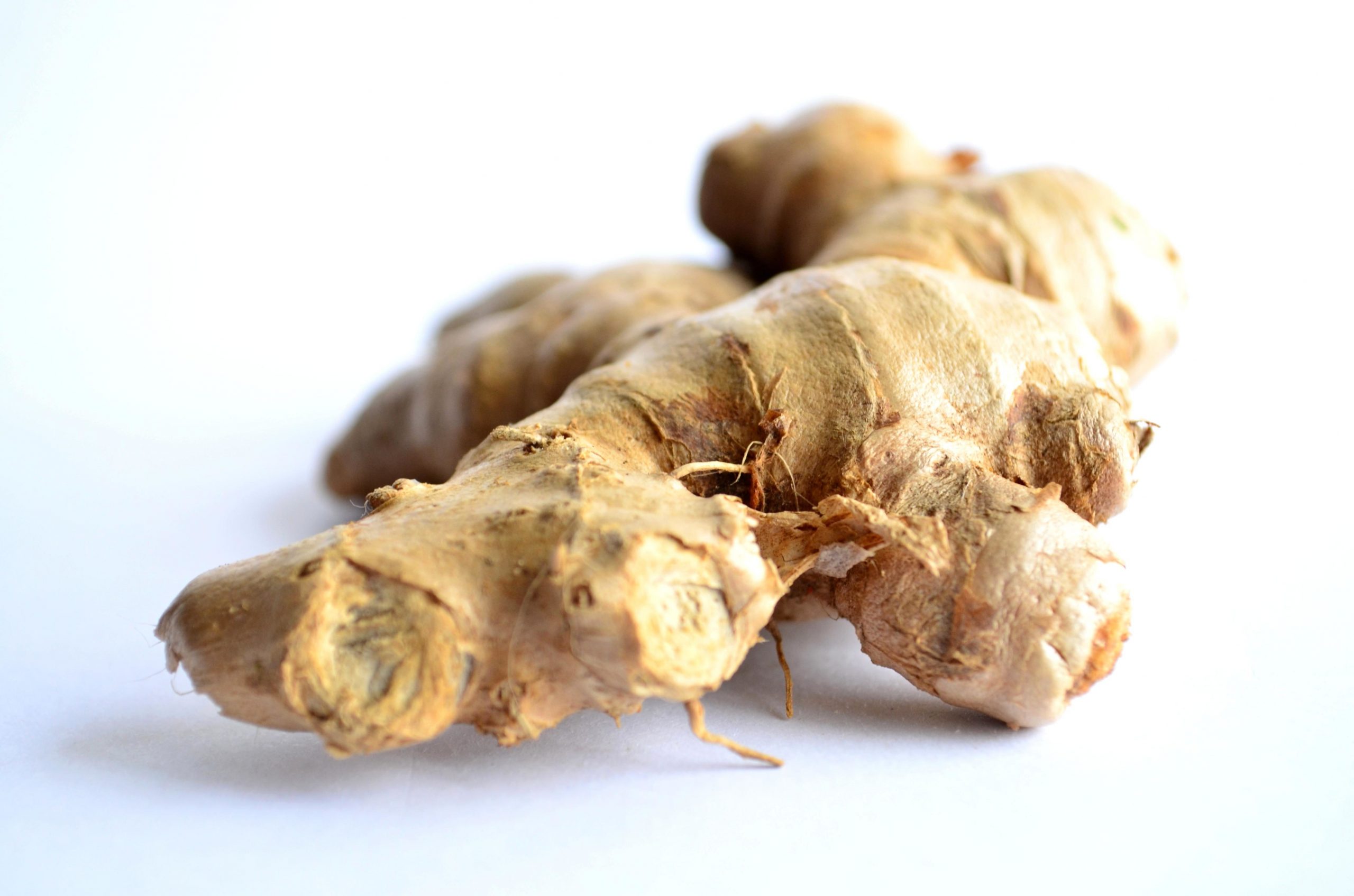
Transform Your Health with the Time-Honored Art of Acupressure
In today’s fast-paced world, the ancient practice of Qigong acupressure emerges as a sanctuary of wellness and simplicity. Drawing insights from the video “PRESS THESE 3 POINTS DAILY for A Healthy Life” by Qigong Meditation, this extensive guide unveils the secrets of three critical acupressure points, promising a pathway to enhanced health and vitality. Here, we delve deeper into each point, exploring their significance and methods in the broader context of Qigong’s holistic healing philosophy.
Understanding Acupressure in the Realm of Qigong
Acupressure, a cornerstone of traditional Chinese medicine, is akin to acupuncture but without the use of needles. It involves the stimulation of specific points on the body to regulate the flow of Qi. In Qigong, acupressure is more than a mere technique; it’s an integral part of a comprehensive approach to health that balances the physical, mental, and spiritual aspects of our being.
The Interplay of Qi and Health
- Qi Dynamics: The practice of acupressure in Qigong is grounded in the belief that a balanced and free-flowing Qi is essential for optimal health.
- Meridian Connectivity: Acupressure points are located along meridians or channels through which Qi flows, connecting various organs and systems in the body.
Delving into the Three Acupressure Points
- Center of the Palm (PC8):
- Location & Identification: Located in the middle of the palm, easily found by aligning with the middle finger.
- Benefits: This point is pivotal in strengthening internal organs and enhancing overall vitality.
- Technique & Application: Use the thumb of the opposite hand to apply gentle yet firm pressure. Coordinate with deep breathing, pressing on the inhale and releasing on the exhale.
- Connection Between Thumb and Index Finger (LI4):
- Location & Identification: Situated in the muscle between the thumb and index finger.
- Benefits: Known for its effectiveness in alleviating headaches, toothaches, and stress.
- Technique & Application: Apply pressure in a rhythmic manner, syncing with your breathing. This point can be sensitive, so adjust the pressure accordingly.
- Inner Wrist Point (PC6):
- Location & Identification: Found three finger-widths from the wrist crease on the inner arm.
- Benefits: Aids in relieving digestive issues, nausea, and gas buildup in the body.
- Technique & Application: Gently press with the thumb, maintaining a steady breath, for about a minute. This point can also be soothing when feeling anxious or restless.
Integrating Acupressure into Your Daily Regimen
- Timing & Consistency: These points can be stimulated at any time, ideally in a calm setting. Regular practice, even if for a few minutes a day, can yield significant benefits.
- Complementary Practices: Combine acupressure with other Qigong exercises, meditation, or Tai Chi to enhance the overall impact.
The Far-Reaching Benefits of Acupressure
- Immediate Effects: Experience quick relief from everyday ailments, promoting a sense of well-being.
- Long-Term Advantages: Consistent practice can fortify the immune system, improve organ function, and foster emotional balance.
The Broader Spectrum of Qigong Practices
Understanding these acupressure techniques opens the door to the vast and rich world of Qigong. Each practice in Qigong, whether it be movement, breathwork, or meditation, is interconnected, working synergistically to enhance life energy.
Learning from Qigong Masters
Follow the expert guidance of Thich Man Tue in the Qigong Basic Acupressure Daily video. His instructions provide clarity and depth, making the practice accessible to all.
Embarking on a Journey of Self-Healing
As you incorporate these acupressure techniques into your daily life, observe the subtle yet profound changes in your health and well-being. We invite you to share your experiences and join the conversation on holistic healing through Qigong.
10 FAQs for Qigong Acupressure Practice
- Q: What is Qigong acupressure and how does it work?
- A: Qigong acupressure involves applying pressure to specific points on the body to stimulate Qi flow. It works by unblocking energy pathways, enhancing overall health and vitality.
- Q: Can Qigong acupressure be self-administered?
- A: Yes, one of the advantages of Qigong acupressure is that it can be easily practiced on oneself, making it a convenient and accessible self-care technique.
- Q: How long should I press each acupressure point?
- A: Generally, pressing each point for about 60 seconds is recommended. However, this can be adjusted based on personal comfort and response.
- Q: Is Qigong acupressure safe for everyone?
- A: Qigong acupressure is generally safe, but individuals with specific health conditions or pregnant women should consult with a healthcare professional before practicing.
- Q: How often should I practice Qigong acupressure?
- A: Daily practice is ideal for the best results, but even occasional practice can be beneficial.
- Q: Do I need any special tools for Qigong acupressure?
- A: No special tools are required. Your fingers or thumbs are sufficient for applying pressure to the acupressure points.
- Q: Can Qigong acupressure help with stress?
- A: Absolutely. Qigong acupressure can be very effective in reducing stress and promoting relaxation.
- Q: Will Qigong acupressure show immediate results?
- A: Some effects, like relaxation or mild pain relief, can be immediate, while others, like improved organ function, may take longer to manifest.
- Q: Can Qigong acupressure aid in treating chronic illnesses?
- A: While not a cure, Qigong acupressure can complement other treatments in managing symptoms of chronic illnesses.
- Q: Should I do Qigong acupressure before or after other exercises?
- A: It can be done either before to prepare the body or after exercises like Qigong or Tai Chi to enhance and consolidate the benefits.
Blog Tags for the Post
qigong acupressure, traditional chinese medicine, qi flow, self-care techniques, energy pathways, stress reduction, holistic health, daily wellness practice, pain relief, relaxation techniques, energy balance, natural healing, pressure points, mind-body connection, therapeutic touch, wellness routine












